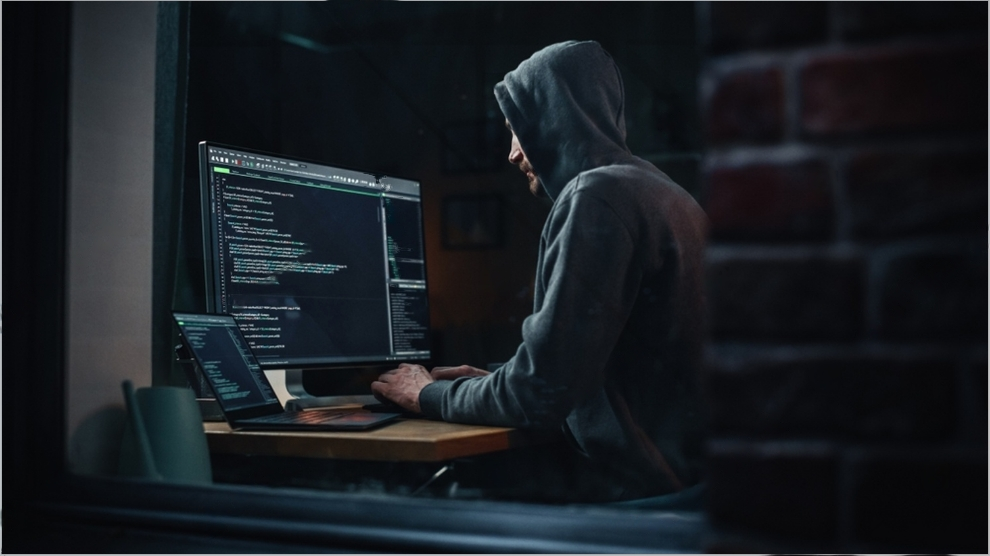Preventing hacking in a Windows server is an important task that requires a multi-faceted approach. There are several steps that can be taken to prevent hacking and to keep a Windows server secure.
First, it is important to keep the operating system and all software on the server up to date with the latest patches and security updates. Hackers often exploit known vulnerabilities in outdated software, so keeping everything up to date is an important first step in preventing hacking. This can be done through the use of automatic updates, or by manually checking for and installing updates on a regular basis.
Another important step in preventing hacking is to implement strong and unique passwords for all accounts on the server. Passwords should be at least 8 characters in length and should include a combination of letters, numbers, and special characters. It is also important to avoid using easily guessable passwords, such as common words or personal information. In addition, passwords should be changed regularly to further reduce the risk of them being compromised.
In addition to strong passwords, it is also important to limit access to the server to only those users who need it. This can be done through the use of access controls, such as user accounts and permissions. By limiting access to only trusted users, it is possible to reduce the risk of unauthorized access to the server.
Another important step in preventing hacking is to use firewall and intrusion detection/prevention software. A firewall can be used to control which incoming and outgoing network traffic is allowed, while intrusion detection/prevention software can monitor network traffic for signs of potential hacking attempts. These tools can alert administrators to potential security threats and help to prevent unauthorized access to the server.
Finally, it is important to regularly monitor the server for signs of hacking or other security threats. This can be done through the use of logs and other monitoring tools, which can help to identify potential security issues and allow administrators to take action to prevent further attacks.
